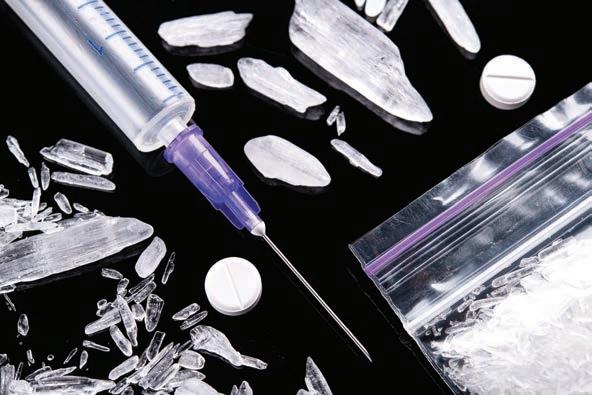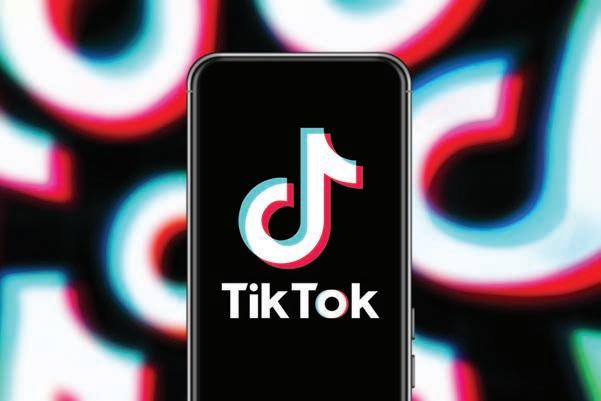
2 minute read
Social media apps o er route for illegal drug sales
State AG issues report


BY OLIVIA PRENTZEL THE COLORADO SUN
How easy is it to nd illegal drugs on social media apps? Nearly as convenient as calling an Uber or ordering a pizza, the Colorado Attorney General’s O ce said in a report released March 8.
Access to illegal drugs is “staggering” on social media apps, the report found, and has contributed to the surging number fentanyl overdoses, which has become the leading cause of preventable death for adults under 45, outpacing suicide, gun violence and car accidents.
e 182-page report outlined the ways in which drug dealers use aggressive marketing tactics to sell illegal drugs online, often targeting younger customers, and urged social media platforms and state legislators to enforce new policies to crack down on the sales.
e report, which the attorney general’s o ce is calling rst of its kind, was written under a state law passed in 2022 that requires the Colorado Department of Law to study how the internet and social media platforms are used for the sale and distribution of fentanyl and other counterfeit prescription drugs. With the rise of social media apps, their convenience and lack of regulation, platforms including TikTok, Snapchat and WhatsApp, have be- come a major vehicle for drug sales, the report said.
“Where once a teen might have had to seek out a street dealer, hassle friends, or learn to navigate the dark web to access illicit drugs, young people can now locate drug dealers using their smartphones — with the relative ease of ordering food delivery or calling a ride-share service,” Weiser wrote in the report. O cials spoke with former drug users and sellers and families of overdose victims for the report.
In 2021, at least 1,881 Coloradans died of a drug overdose and roughly half of those people died of fentanyl, according to state data. Many of those people are taking fentanyl without realizing it, as the cheap synthetic opioid is cut into other drugs like cocaine, heroin and methamphetamine.
As many as six in 10 counterfeit prescription pills contain a potentially lethal dose of fentanyl, the report said.
It didn’t quantify exactly how large the online illicit drug market has become, citing limited access to the social media platforms’ data. But research suggests that drug dealers and buyers turn to the internet and social media platforms “as a primary vehicle for drug transactions.”
A search for “Denver” and “Boulder” on the Kik messaging app returned dozens of results for groups dedicated to selling and buying drugs that were open to the public, the report showed.
“Connecting with a local dealer took mere minutes,” the report said.

Dealers advertise drugs using slang, emojis, QR codes and disappearing messages that help reach customers while evading content moderation tools on the social media platforms, the report said. Often drug sellers are active on multiple social media platforms — advertising their products on Instagram, but listing their WhatApps or Snapchat handles for inquiries — which makes it harder for law enforcement to crack down on the sales.
Sellers can create new pro les as soon as one is suspended or removed, creating a frustrating “whack-a-mole” e ect for local law enforcement, the report said.
A lot of social media companies, including Meta, TikTok and Snapchat, have policies that ban advertising, buying or selling drugs and some have made e orts to work with law enforcement to address the issue.

But the report said the companies’ responses to drug activity on their platforms have been “uneven in their application and limited in effectiveness.”
Weiser urged social media companies to adopt strong, uniform practices to prevent and respond to illegal drug sales. He also called for a federal agency to oversee social media platforms and legislation that









